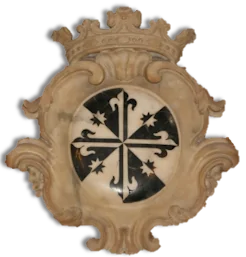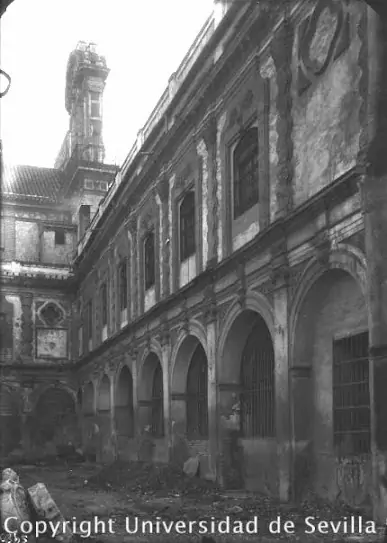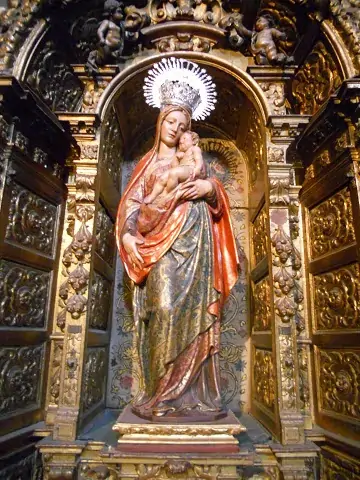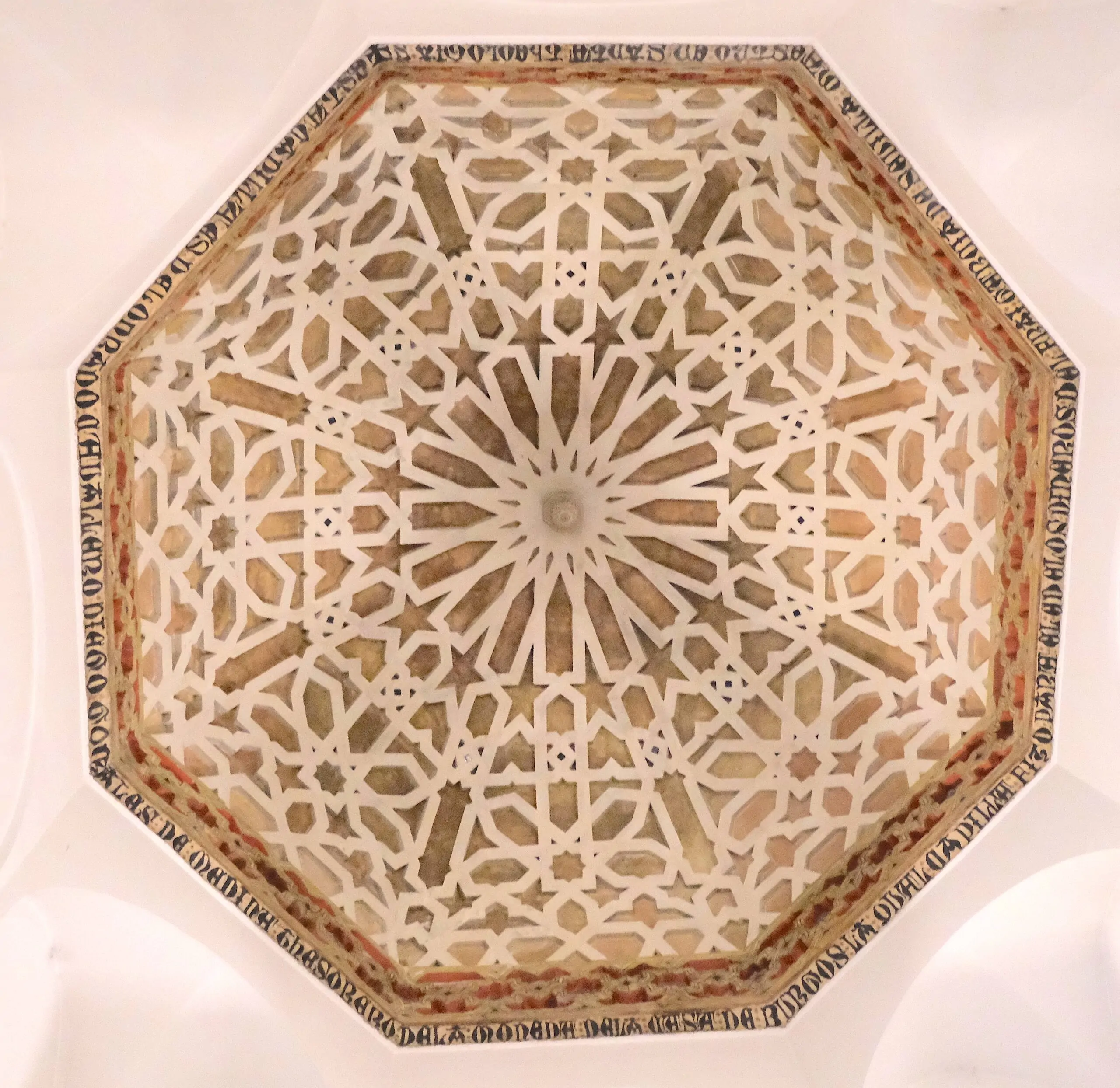The Conventual Temple of San Pablo el Real
History
The current parish church of Santa María Magdalena was previously the conventual church of San Pablo el Real, of which only the church remains today. The rest of the numerous and notable conventual dependencies have completely disappeared.
"The beautiful cloister was adorned up to half with the finest tiles featuring a variety of paintings; from the other half up to the top of the vaults, the life of the glorious apostle Saint Paul is intricately depicted with rare skill and visible paintings... and at the top, there are some allusions to the Old Testament, such as the Apostles, the Doctors of the Church, and those of our Order" (RAMIREZ DE SOLÓRZANO, History of the Holy and Royal Convent of San Pablo de Sevilla, 1625).
Such was its architectural grandeur that the French Dominican Father Labat, traveling through Andalusia, stated: "San Pablo, more than a convent, seems like a village" (LABAT, J. B.: Voyages en Espagne et Italia, vol. I, Paris, Rue Saint Jacques, 1730, p. 365). In the 20th century, what remained of the cloister was demolished, and the space was expanded into the Colón Hotel and extended Cristo del Calvario Street to Canalejas Street.
As previously mentioned, the foundation of the convent is attributed to King San Fernando. Its first church was likely, once again, a repurposing of an Almohad mosque. The original temple was destroyed by a fire in 1350.
The construction of the 14th-century temple was supported by King Pedro I with substantial donations; he even bequeathed five hundred "doblas" (a Castilian gold coin) to the convent in his will. The reason for this royal generosity might have been the healing of a severe illness through the intercession of the Virgin of Fevers, to whom King Pedro I was devoted, possibly influenced by his mother, Doña María de Portugal.
The legend states that when Pedro I was seriously ill, his mother, María de Portugal, prayed to the Virgin of Fevers (a terracotta image located in the convent cloister), promising her a statue of her son in a praying posture made of silver. As the king recovered, both he and his mother fulfilled the promise and donated the mentioned work to be placed at the feet of the Virgin. Unfortunately, Enrique de Trastámara's victory advised against keeping the effigy in its place, and it disappeared without any further news about it since then.
The importance of the old 14th-century temple is evident in the three detached chapels - possibly sepulchral - belonging to the Medina, Rosales, and Gómez de Espinosa families, which now constitute the chapel of the Brotherhood of La Quinta Angustia. In addition to other images, the Renaissance image of San Pablo in the main altarpiece and the Crucifix, attributed to Juan Bautista Vázquez "el Viejo," which is venerated at the entrance of the sacristy, are also preserved.
In the 16th century, part of the roof collapsed, leading to the construction of the main chapel. However, in 1691, the temple collapsed definitively, with the construction of the said chapel being the only part that was spared.




